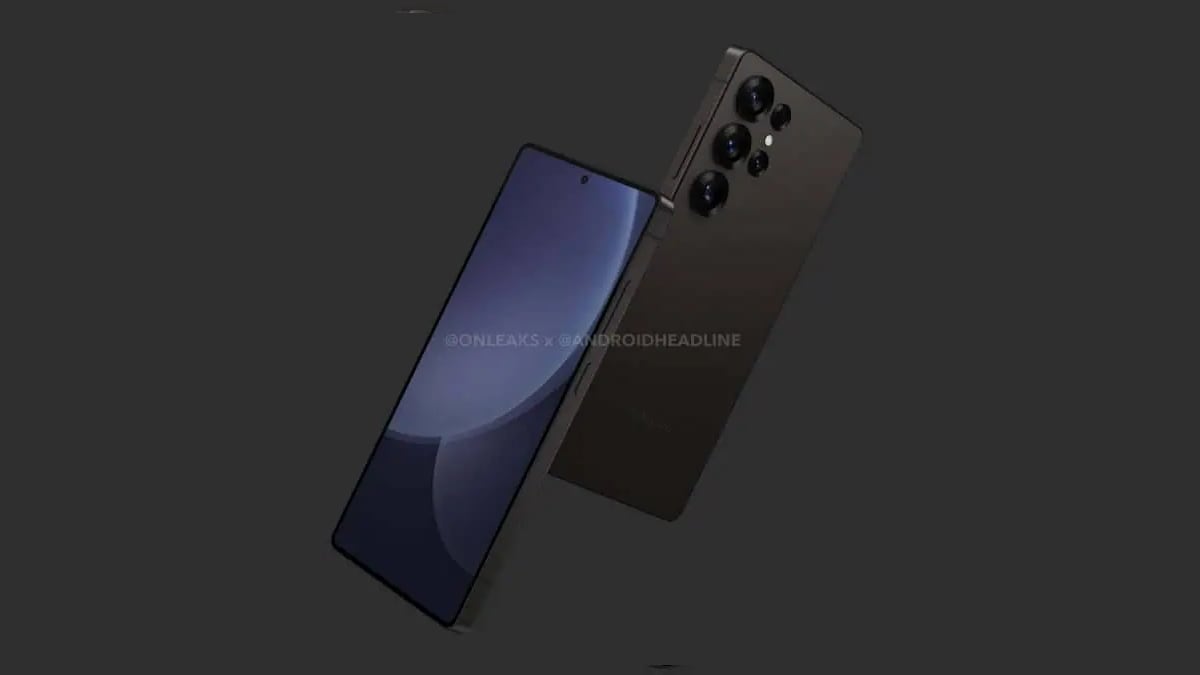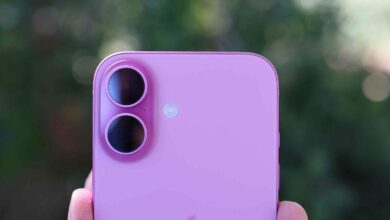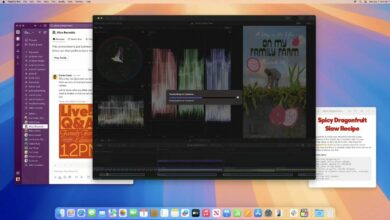Samsung Galaxy S25 Ultra Renders Leak Online; Suggest Flatter Design

Samsung’s Galaxy S25 Ultra is expected to launch in early 2025 alongside the Galaxy S25 and Galaxy S25+. We’re still a long way off from the flagship’s expected release date, but there have been plenty of leaks and rumors surrounding the devices floating around the web. Recently, a purported set of renders leaked depicting the upcoming Galaxy S25 Ultra design, along with some of its specs, suggesting a flatter design compared to the Galaxy S24 Ultra.
Tipster @OnLeaks, in cooperation With AndroidHeadlines, the design renders of the Galaxy S25 Ultra have leaked. The alleged CAD (computer-aided design) renders suggest a more rounded design with flat sides, which seems to be similar to the design language of the new Pixel 9 and iPhone models.
The renders show the Galaxy S25 Ultra with narrow bezels and a hole-punch display design for the front-facing camera. On the back, there are four cameras, alongside an LED flash. Sensors are shown in black, and this approach appears to be a departure from its predecessor.
Samsung Galaxy S25 Ultra camera details leaked
In terms of optics, the Galaxy S25 Ultra is said to feature a 50-megapixel ISOCELL JN3 ultra-wide-angle sensor, a 200-megapixel H2 primary camera, a 50-megapixel IMX584 telephoto sensor with 5x optical zoom, and a 10-megapixel IMX754 telephoto sensor with 3x optical zoom.
The Galaxy S25 Ultra is said to be lighter than the Galaxy S24 Ultra at 219 grams. The Galaxy S24 Ultra weighs 232 grams. It is said to be 8.2mm thick, 162.8mm tall, and 77.6mm wide.
Samsung’s Galaxy S25 Ultra is expected to get unveiled in January next year. The device is likely to feature a Snapdragon 8 Gen 4 SoC and could come with AI-based features. The device is said to feature 16GB of RAM and up to 1TB of UFS 4.1 storage. The handset could feature a 5,000mAh battery with 45W fast charging.
The Galaxy S25 Ultra is said to come with an S Pen and an under-display fingerprint reader. It is said to have an IP68 rating for dust and water resistance and satellite connectivity.




